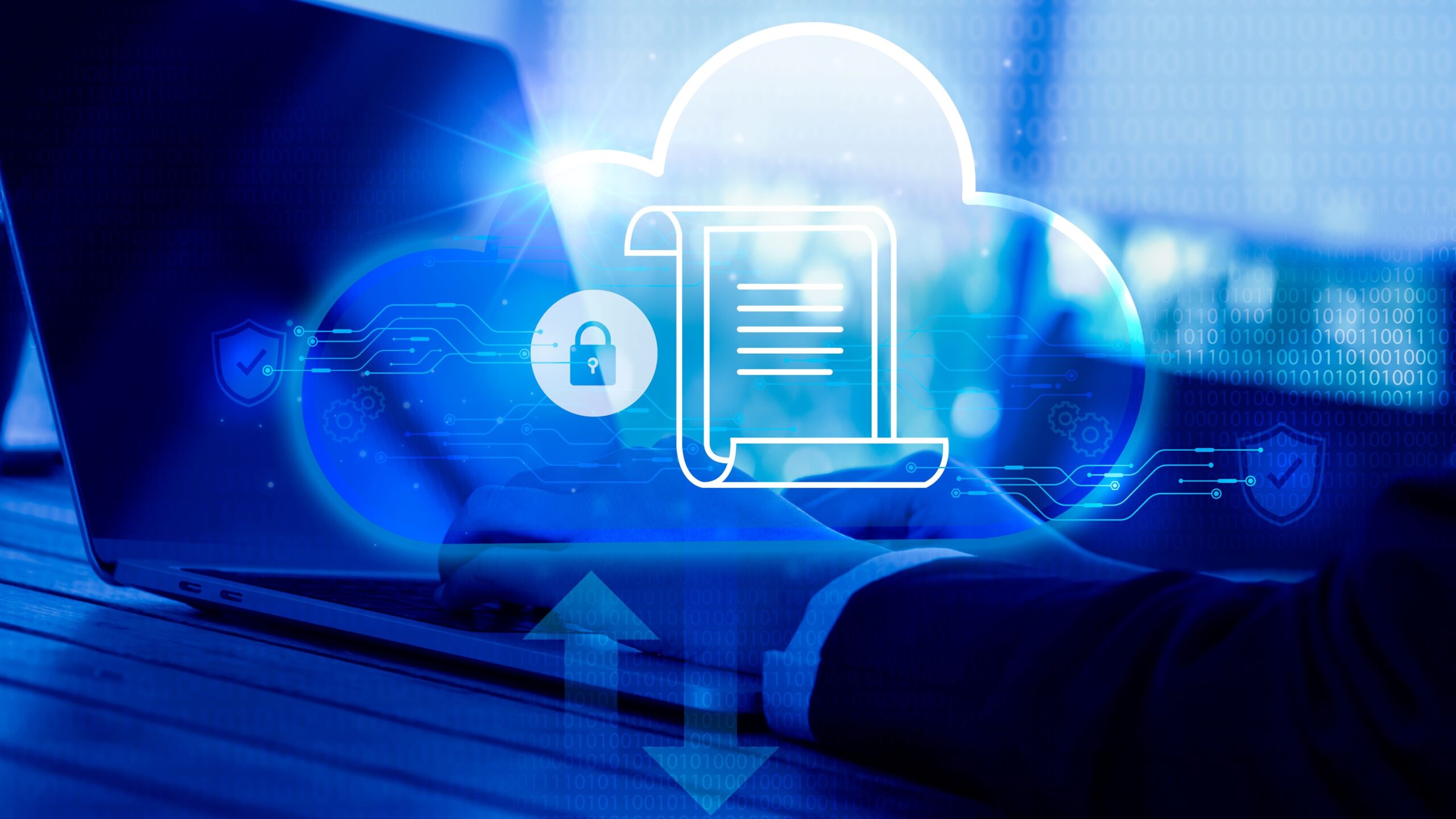Have you ever wondered what a paperless office really looks like? The idea of completely eliminating paper from our daily workflows sounds futuristic, yet many organizations are striving for this digital ideal. But how close are we to actually achieving a paperless office? Let’s dive in and explore what this means, why it matters, and where we currently stand.
The History of Paper in the Office
Before the digital revolution, paper played a central role in nearly every business process. Offices relied on printed documents for everything—memos, contracts, reports, spreadsheets, invoices, and internal communication. Filing cabinets, folders, binders, and storage rooms filled with paper files were common in every organization. This paper-based system defined the traditional workflow: create, print, distribute, sign, file, and eventually archive. Over decades, this became so ingrained in office culture that it was hard to imagine doing business without paper.
However, the paper-centric approach was not without its drawbacks. It consumed vast amounts of physical space and required significant time and labor to manage and organize. Lost or misfiled documents were common, leading to inefficiencies and frustration. Access to information was limited to physical presence, making remote or quick decision-making difficult. Despite these issues, paper remained the dominant medium for centuries simply because there was no viable alternative—until the digital tools of the 21st century began to shift the landscape.
Drivers Behind the Move to Paperless Offices
The transition to a paperless office isn’t just a trend—it’s driven by a combination of economic, environmental, and technological forces. One of the strongest motivators is environmental sustainability. Paper production requires large amounts of natural resources: trees are cut down, water is consumed in vast quantities, and energy is used for manufacturing and transport. Reducing paper use helps lower carbon footprints and minimizes waste, which aligns with corporate responsibility initiatives and eco-conscious consumer expectations.
Beyond environmental factors, organizations are turning to digital solutions to cut operational costs and improve efficiency. Printing, photocopying, storing, mailing, and disposing of paper documents add up to significant expenses. By eliminating or reducing paper, companies can streamline workflows, improve information accessibility, and save time. Additionally, digital transformation is a major catalyst—new tools and platforms are revolutionizing how businesses store, share, and collaborate on documents. These changes are not only modernizing work environments but also making them more scalable and agile.
Key drivers of paperless adoption include:
- Environmental Concerns: Saving trees, water, and energy; reducing waste.
- Cost Reduction: Cutting costs on printing, supplies, storage, and labor.
- Digital Transformation: Using technology to improve productivity and modernize workflows.
Technologies Enabling Paperless Workspaces
Thanks to rapid advancements in technology, the dream of a paperless office is now more practical than ever. Cloud-based storage solutions are at the forefront of this transformation. Platforms like Google Drive, Dropbox, and OneDrive enable real-time collaboration, allowing teams to store, access, and edit documents from anywhere. This eliminates the need for printed handouts or physical document transfers. Everything is stored securely online, with access permissions and backups enhancing reliability.
In addition to storage, specialized digital tools are reshaping how organizations manage documents. Document Management Systems (DMS) such as SharePoint, M-Files, or DocuWare allow businesses to organize, search, retrieve, and track document versions efficiently. Electronic signature solutions like DocuSign and Adobe Sign have made it possible to complete contracts and approvals without printing a single page. Mobile technologies and remote access tools also play a vital role—laptops, smartphones, and secure apps ensure that work continues smoothly without physical files, even outside the office.
Key technologies enabling paperless workflows:
- Cloud Storage: Google Drive, Dropbox, OneDrive for real-time file access and collaboration.
- Digital Document Management Systems (DMS): Organize and track digital documents efficiently.
- Electronic Signatures: Legally binding signature solutions without printing.
- Mobile & Remote Tech: Smartphones, tablets, and VPNs for working on the go.
The Role of Artificial Intelligence and Automation
Artificial Intelligence (AI) is dramatically accelerating the shift toward paperless environments. One of its most valuable functions is document digitization and data extraction. AI-powered Optical Character Recognition (OCR) software can scan physical documents and convert them into searchable, editable digital files. This not only preserves old records but also makes them accessible with a simple keyword search. AI can also identify patterns in documents, categorize content automatically, and even flag compliance issues—all of which save time and reduce human error.
Automation is equally transformative. Workflow automation tools like Zapier, Power Automate, or robotic process automation (RPA) platforms handle repetitive tasks that were once paper-based, such as invoice approvals, HR onboarding, or report generation. These tools reduce the need for manual input and minimize paper handling. With AI and automation working together, businesses can streamline operations, improve accuracy, and boost productivity—all while significantly cutting down on paper usage.
How AI and automation contribute to paperless offices:
- AI-Powered OCR: Scans and digitizes paper documents, making them searchable.
- Smart Classification: Automatically categorizes and tags digital files.
- Workflow Automation: Replaces manual paper processes with digital sequences.
- Error Reduction: Identifies anomalies, enhances compliance, and improves accuracy.
Benefits of a Paperless Office
Transitioning to a paperless office offers a wide range of benefits that go beyond just saving trees. For one, productivity skyrockets when employees can instantly find and share documents. There’s no need to rifle through cabinets or wait for someone to return a file. Cloud systems and digital collaboration platforms streamline teamwork, enabling multiple people to work on the same document in real time from anywhere in the world. This flexibility empowers remote teams and keeps workflows moving swiftly.
Security is another major advantage. Unlike physical files, which can be stolen, damaged, or lost, digital documents can be encrypted, backed up, and access-controlled. That means sensitive data is far less likely to fall into the wrong hands. Plus, paperless systems significantly reduce the need for physical storage. No more overstuffed file cabinets or expensive off-site storage facilities—freeing up space that can be used more effectively. For growing businesses, that’s a game-changer.
Challenges and Barriers to Going Paperless
As attractive as the benefits sound, the journey to a paperless office is not without hurdles. One of the biggest challenges is cultural resistance. Employees who have worked with paper for decades may feel overwhelmed by new systems or fear losing control over familiar processes. This fear of change can slow down adoption unless there’s adequate training and leadership support.
Security concerns also arise in the digital realm. While digital documents can be highly secure, they are still vulnerable to cyberattacks, hacking, and accidental breaches if not properly managed. Additionally, the initial investment in software, hardware, and employee training can be significant—especially for small businesses. Lastly, legal and regulatory frameworks in some industries still require original paper copies or wet signatures for compliance, creating a hybrid paper-digital environment that complicates full transition.
| Aspect | Benefit | Challenge |
| Productivity | Quick file access, seamless collaboration | Adjustment period needed for new workflows |
| Security | Controlled access, encryption, digital backups | Risk of cyber threats if improperly secured |
| Cost | Saves money on paper, ink, storage, mailing | High upfront costs for digital tools and training |
| Compliance | Easier tracking, audit trails | Some laws still require paper or physical records |
| Space | Frees up physical office space | Transition may require document scanning/storage |
| Scalability | Easy to expand as business grows | May need IT upgrades or integrations |
Case Studies: Companies Successfully Going Paperless
Many organizations—large and small—have made the leap and reaped the rewards of going paperless. For example, IBM implemented enterprise-wide digital workflows, eliminating the need for internal paper documents. By leveraging AI and cloud storage, the company improved decision-making speed and reduced office clutter. Security protocols were also enhanced by limiting physical document access and ensuring audit-ready digital records.
On the other end of the spectrum, small businesses like boutique law firms and accounting agencies have adopted cloud-based document management systems. With limited staff and budget, going paperless allowed them to serve more clients, store documents securely online, and reduce overhead. These success stories prove that a paperless approach isn’t just for tech giants—it’s scalable and practical for businesses of any size, as long as there’s a clear strategy and commitment from leadership.




